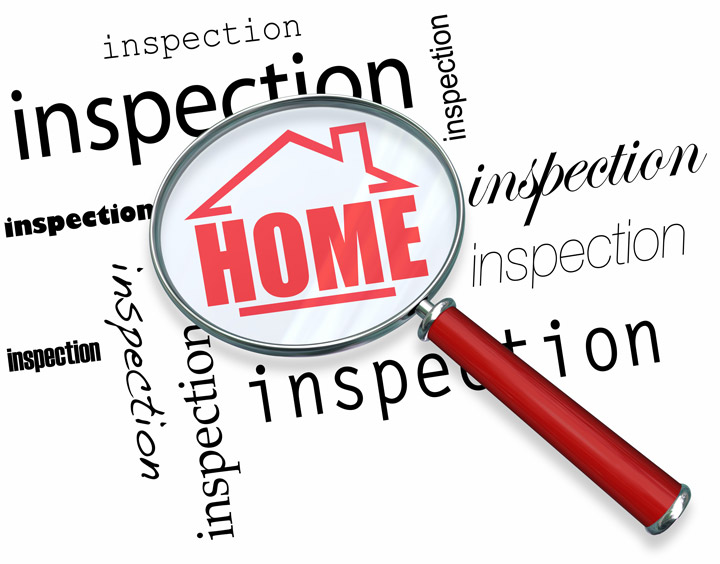
An Overview of the Appraisal ProcessTheir home's purchase is the most significant financial decision most of us may ever make. It doesn't matter if where you raise your family, a seasonal vacation property or a rental fixer upper, the purchase of real property is an involved transaction that requires multiple people working in concert to pull it all off. You're probably familiar with the parties having a role in the transaction. The real estate agent is the most recognizable entity in the exchange. Next, the bank provides the financial capital needed to finance the transaction. And ensuring all aspects of the sale are completed and that a clear title passes from the seller to the purchaser is the title company. So, what party is responsible for making sure the property is worth the amount being paid? In comes the appraiser. We provide an unbiased estimate of what a buyer might expect to pay — or a seller receive — for a property, where both buyer and seller are informed parties. A licensed, certified, professional appraiser from Red Door Appraisal will ensure, you as an interested party, are informed. The inspection is where an appraisal startsOur first task at Red Door Appraisal is to inspect the property to ascertain its true status. We must actually see features, such as the number of bedrooms and bathrooms, the location, amenities, etc., to ensure they indeed exist and are in the shape a reasonable person would expect them to be. To ensure the stated square footage has not been misrepresented and document the layout of the property, the inspection often includes creating a sketch of the floorplan. Most importantly, the appraiser looks for any obvious amenities - or defects - that would have an impact on the value of the house. Once the site has been inspected, we use two or three approaches to determining the value of the property: a sales comparison, a replacement cost calculation, and an income approach when rental properties are prevalent. 
Cost ApproachHere, the appraiser pulls information on local construction costs, labor rates and other elements to determine how much it would cost to construct a property comparable to the one being appraised. This value commonly sets the upper limit on what a property would sell for. The cost approach is also the least used method. 
Sales ComparisonAppraisers become very familiar with the communities in which they work. They thoroughly understand the value of particular features to the people of that area. Then, the appraiser researches recent transactions in close proximity to the subject and finds properties which are 'comparable' to the property in question. Using knowledge of the value of certain items such as upgraded appliances, extra bathrooms, additional living area, quality of construction, lot size, we add or subtract from each comparable's sales price so that they more accurately portray the features of subject.
Once all necessary adjustments have been made, the appraiser reconciles the adjusted sales prices of all the comps and then derives an opinion of what the subject could sell for. At Red Door Appraisal, we are an authority in knowing the value of particular items in Newburgh and Warrick County neighborhoods. This approach to value is commonly given the most importance when an appraisal is for a real estate sale. Valuation Using the Income ApproachA third way of valuing a property is sometimes used when a neighborhood has a reasonable number of rental properties. In this case, the amount of income the property yields is taken into consideration along with income produced by neighboring properties to give an indicator of the current value. Putting It All TogetherCombining information from all applicable approaches, the appraiser is then ready to put down an estimated market value for the property in question. The estimate of value at the bottom of the appraisal report is not always what's being paid for the property even though it is likely the best indication of what a property is worth. Prices can always be driven up or down by extenuating circumstances like the motivation or urgency of a seller or 'bidding wars'. Regardless, the appraised value is typically employed as a guideline for lenders who don't want to loan a buyer more money than the property is actually worth. The bottom line is, an appraiser from Red Door Appraisal will guarantee you attain the most accurate property value, so you can make profitable real estate decisions. |